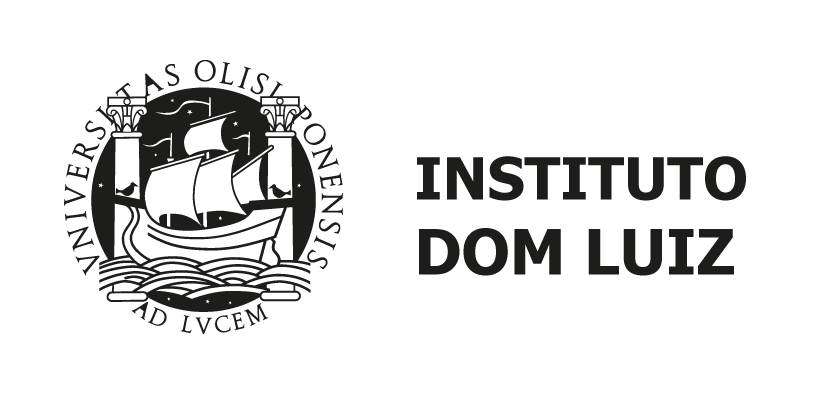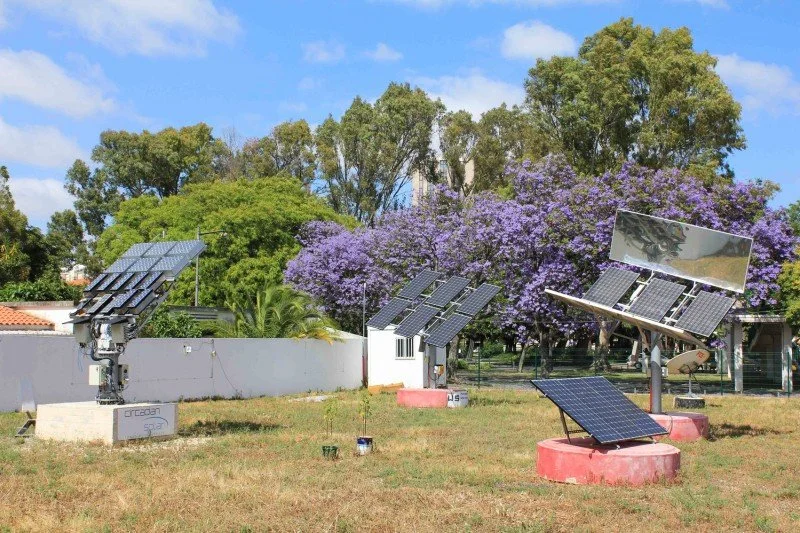Energy transition
Research Line Coordination
The promotion of strategies seeking a responsible use of natural resources is a permanent source of concern. The scale and diversity of challenges associated with these strategies are huge, including not only those arising from the accelerated technological evolution, but also from the emerging trends imposed by human population growth and its distribution and development asymmetries. Geo-resources are an integral part of natural resources, and all insights on their basic constituents, systemic organization and dynamics are key to improved solutions regarding their availability, management/monitoring, and use. The main objective of TL3 is to explore diverse ways of integrating modern technologies and geosciences, addressing improvements on how water, raw materials and energy resources should be managed in the current (desirably quick) transition to a C-neutral, technologically advanced society.
Securing the future water, raw materials and energy supply must involve consistent, environmentally friendly, and economically feasible solutions. The latter require innovative inter-transdisciplinary approaches searching for suitable water, raw-materials and energy mixes that consider the natural attributes of each region, as well as the installed or projected economic infrastructure and consumption rates. Among the numerous resultant intertwines, the following stand out: 1) to perceive the geodynamics control on geo-resources occurrence and on the boundary conditions imposed for subsurface, permanent or provisional, storage facilities (e.g., CO2, CH4, H2); 2) to recognize the key processes related to critical ore-forming systems, providing advances in mineral exploration surveys; 3) to realize the relevance of mineralogy to scale-up upgrades on ore processing techniques, while improving eco-efficiency and mitigating environmental impacts; 4) to consider the product life cycles and their impact on material flows; 5) to characterize underground waters, assessing their recharge, quality and vulnerability; 6) to evaluate the hydrological cycle, as well as the balances between freshwater, treated residual waters and desalinized waters, and their relative weight in the water mix supporting current and future needs in agriculture, industrial facilities and urban supplies; 7) to highlight the relevance of high- and low-enthalpy geothermal inputs in the energy mix; 8) to understand the material intensity implicated in new designs for renewable energy technologies along with energy storage, and appraise different scenarios to reduce pressure on mining and benefit from expectably higher recycling rates; 9) to develop renewable energy technologies and strategies capable of sustaining the energy transition, 10) to appreciate the technological, economic, and public policy challenges imposed by energy transition programs and their social impacts.

